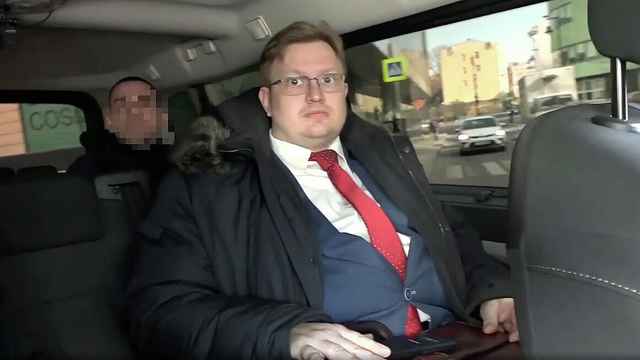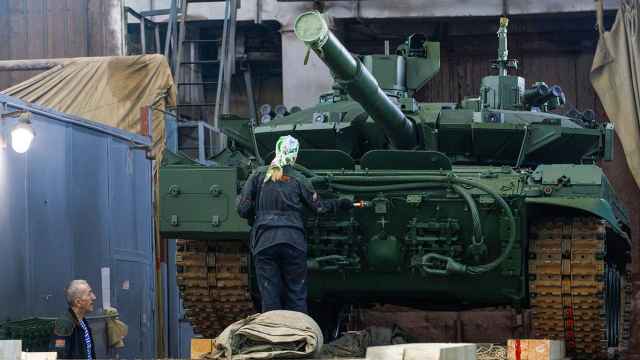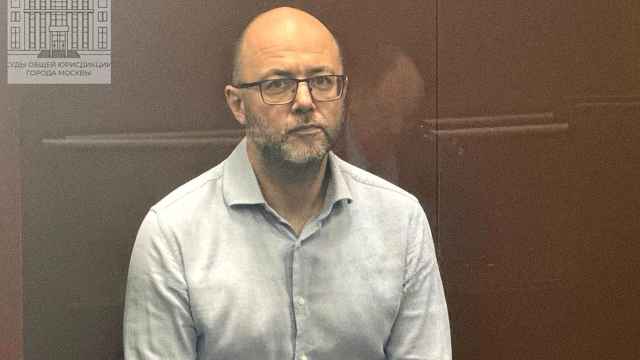OSLO — Health risks from Japan's quake-hit nuclear power reactors seem fairly low, and winds are likely to carry any contamination out to the Pacific without threatening Russia or other nations, experts say.
Tokyo battled to avert a meltdown at three stricken reactors at the Fukushima plant in the worst nuclear accident since the 1986 Chernobyl disaster, triggered by Friday's tsunami. Radiation levels were also up at the Onagawa nuclear plant.
"This is not a serious public health issue at the moment," said Malcolm Crick, secretary of the UN Scientific Committee on the Effects of Atomic Radiation.
"It won't be anything like Chernobyl. There the reactor was operating at full power when it exploded and it had no containment," he said.
As a precaution, about 140,000 people have been evacuated from the area around Fukushima.
Crick said a partial meltdown of the Three Mile Island plant in the United States in 1979 — rated more serious than Japan's accident on an international scale — released low amounts of radiation.
"Many people thought they'd been exposed after Three Mile Island," he said. "The radiation levels were detectable but in terms of human health it was nothing."
Radiation can cause cancer. The World Health Organization also said the public health risk from Japan's nuclear plants remained "quite low." The quake and devastating tsunami may have killed 10,000 people.
The Japan Meteorological Agency said the winds in the area would shift from the south to a westerly on Sunday night, blowing from Fukushima toward the Pacific Ocean.
"The wind direction is right for people in Japan. It's blowing out to the Pacific," said Lennart Carlsson, director of Nuclear Power Plant Safety in Sweden. "I don't think this will be any problem to other countries."
The U.S. Nuclear Regulatory Commission said Sunday that it does not expect "any harmful levels" of radiation to reach its shores.
"All the available information indicates weather conditions have taken the small releases from the Fukushima reactors out to sea away from the population," the NRC said in a statement. "Given the thousands of miles between the two countries, Hawaii, Alaska, the U.S. Territories and the U.S. West Coast are not expected to experience any harmful levels of radioactivity."
In contrast, the Chernobyl accident was discovered after radiation was detected at Sweden's Forsmark nuclear power — more than a day after the explosion that Moscow had not publicly acknowledged — and radiation blew across Europe.
Crick said time is a big help for reducing health risks since many of the most damaging nuclear effects, such as radio iodines, dissipate within hours or days. He said a meltdown could be contained in a sealed reactor.
Japan's biggest earthquake on record on Friday knocked out the backup cooling systems at Fukushima, north of Tokyo, causing a buildup of heat and pressure. An explosion hit the plant on Saturday.
UN studies have projected only a few thousand extra deaths caused by radiation from Chernobyl. Thirty workers died, almost all from radiation, in the immediate aftermath of the disaster.
Crick said the clearest sign of damage on health was that about 6,000 people aged under 18 at the time of Chernobyl had developed thyroid cancer — usually only affecting older people. Fallout on farmland may have raised radioactive levels in milk.
But he said studies in what is now Ukraine, Belarus and Russia showed that the average increase per person in long-term radiation exposure was equivalent to one CT scan — a specialized X-ray of the body.
Environmental group Greenpeace disagrees sharply and has projected a death toll of up to 93,000 from Chernobyl.
Japan has rated the Fukushima accident at four on an international scale — meaning an accident with local consequences — against Chernobyl that was worst at seven on the one-to-seven scale. Three Mile Island rated a five. WHO spokeswoman Christy Feig said there was no request to mobilize radiation experts known as REMPAN (Radiation Emergency Medical Preparedness and Assistance Network) set up after Chernobyl.
A Message from The Moscow Times:
Dear readers,
We are facing unprecedented challenges. Russia's Prosecutor General's Office has designated The Moscow Times as an "undesirable" organization, criminalizing our work and putting our staff at risk of prosecution. This follows our earlier unjust labeling as a "foreign agent."
These actions are direct attempts to silence independent journalism in Russia. The authorities claim our work "discredits the decisions of the Russian leadership." We see things differently: we strive to provide accurate, unbiased reporting on Russia.
We, the journalists of The Moscow Times, refuse to be silenced. But to continue our work, we need your help.
Your support, no matter how small, makes a world of difference. If you can, please support us monthly starting from just $2. It's quick to set up, and every contribution makes a significant impact.
By supporting The Moscow Times, you're defending open, independent journalism in the face of repression. Thank you for standing with us.
Remind me later.





